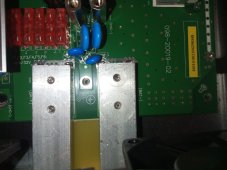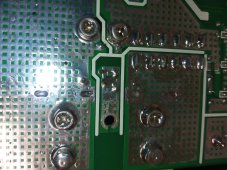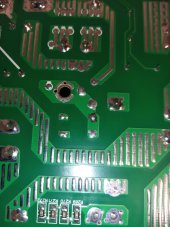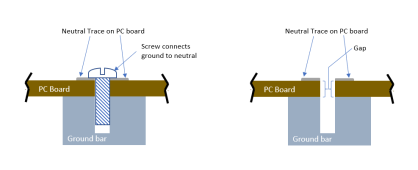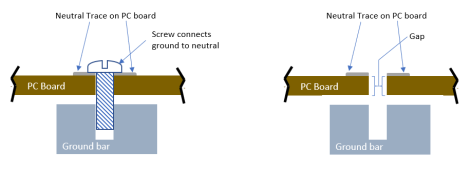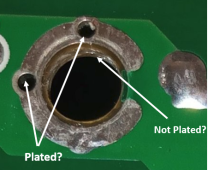Zwy
Solar Wizard
I don't find the GroWatt name on the ca.gov site, but I do find "GoodWe Technologies Co., Ltd. GW5000A-ES [240V]"
That's because you didn't look far enough.
Look for " Shenzhen Growatt New Energy Technology Co., Ltd "
The GW's listed for Rule 21 are not the GW's most are using here. The reason? Those are grid tie interactive inverters for Rule 21, the inverters most of are using are standalone hybrid type and not subject to Rule 21. Which is why some members claim the GW's aren't approved for CA use but there is a difference with conforming to UL 1741 (TUV-us) for such an inverter. I'm not in CA and as such don't have to concern myself with this, but one member claimed he couldn't find any hybrid inverters for use in CA that were approved. That is not the case.On the GroWatt site (.pdf) you linked I find "MIN5000TL-XH-US"
Technically, as long as the unit can't backfeed to grid, then it is Rule 21 compliant and UL1741.
Last edited:



